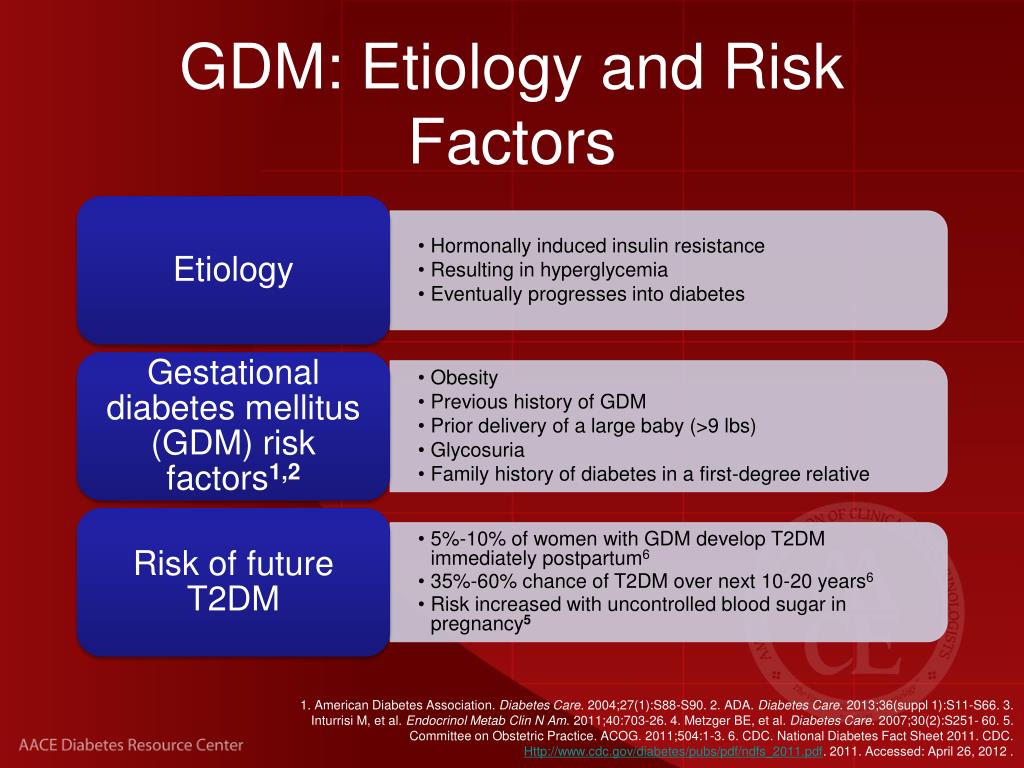Diabetes acog .pdf download - authoritative
Brilliant: Diabetes acog .pdf download
| Diabetes acog .pdf download | Radar 10.0 homeopathy software free download |
| Diabetes acog .pdf download | Wrt300n driver download |
| Diabetes acog .pdf download | Variable geo ova 2 download torrent |

ACOG Releases Guideline on Gestational Diabetes
Recommendations
GOOD AND CONSISTENT EVIDENCE
Gestational diabetes should be treated with nutrition therapy. If necessary, medications should also be used to benefit the mother and fetus.
Studies show a significant reduction in serious complications with treatment of gestational diabetes. Nutrition therapy includes nutritional counseling, a personalized nutrition plan, and a moderate exercise program, with the goal of achieving normoglycemia, preventing ketosis, facilitating adequate weight gain, and contributing to fetal well-being.
If target glucose levels cannot be met with nutrition therapy alone, medical therapy should be initiated. There is no conclusive evidence to guide when to start medications. Although insulin has been the standard medical therapy for gestational diabetes, insulin and oral medications (e.g., glyburide, metformin [Glucophage]) are equally effective and appropriate for first-line therapy.
LIMITED OR INCONSISTENT EVIDENCE
All pregnant women should be screened for gestational diabetes using history, clinical risk factors, or glucose screening tests. Screening for gestational diabetes usually occurs at 24 to 28 weeks' gestation. Early screening is recommended in women with risk factors (i.e., history of gestational diabetes, known impaired glucose metabolism, or obesity [body mass index of 30 or more]). If early screening results are negative, screening should be repeated at 24 to 28 weeks' gestation. The screening approach widely used in the United States involves an initial venous glucose measurement one hour after administration of 50 g of oral glucose solution. Women who meet or exceed the screening threshold in the initial test then undergo a g, three-hour oral glucose tolerance test.
Although there are insufficient data to recommend for or against cesarean delivery in cases of suspected macrosomia to reduce birth trauma, macrosomia is more common with gestational diabetes, and shoulder dystocia is more common in larger newborns whose mothers have gestational diabetes. Therefore, it is reasonable to discuss the option of cesarean delivery if gestational diabetes is diagnosed and the fetal weight is estimated at 4, g (9 lb, 15 oz) or more.
CONSENSUS AND EXPERT OPINION
Screening thresholds for the one-hour glucose challenge have ranged from mg per dL ( mmol per L) to mg per dL ( mmol per L), showing varying sensitivities and specificities. Because there is no clear evidence to determine the best threshold, physicians should select either mg per dL ( mmol per L) or mg per dL as a single consistent cutoff for their practice. Factors such as community prevalence of gestational diabetes should be considered in the decision. Similarly, no one set of diagnostic criteria can be recommended for the three-hour oral glucose tolerance test. Physicians should choose a single set of diagnostic criteria to use consistently in their practice: plasma or serum glucose levels designated by the Carpenter and Coustan criteria, or the plasma levels established by the National Diabetes Data Group.
After gestational diabetes is diagnosed and nutrition therapy begins, blood glucose should be monitored to establish whether glucose levels are sufficiently controlled. Although there is insufficient evidence to determine the optimal frequency of glucose monitoring, the general recommendation is four times daily (fasting and one or two hours after each meal). Monitoring can be adjusted after glucose levels are well controlled by diet.
Women with gestational diabetes who have good glycemic control and no other complications can be treated expectantly. Most women with good glycemic control on medical therapy do not require delivery before 39 weeks' gestation.
All women with gestational diabetes should be screened six to 12 weeks postpartum for diabetes, impaired fasting glucose, or impaired glucose tolerance. Women with positive screening results should be referred for preventive therapy, and women with negative screening results should receive follow-up testing every three years. A fasting plasma glucose test or a g, two-hour oral glucose tolerance test is appropriate for postpartum screening.
Guideline source: American College of Obstetricians and Gynecologists
Evidence rating system used? Yes
Literature search described? Yes
Guideline developed by participants without relevant financial ties to industry? Not reported
Published source: Obstetrics & Gynecology, August
Available at: diseinuak4web.net?year=&issue=&article=&type=abstract


0 thoughts to “Diabetes acog .pdf download”